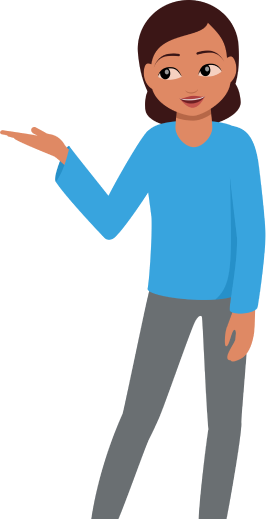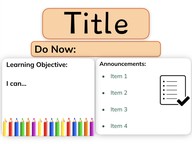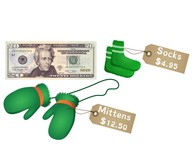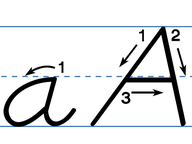
Synonyms and antonyms
I can demonstrate an understanding of words by relating them to antonyms and...



8,000 schools use Gynzy
92,000 teachers use Gynzy
1,600,000 students use Gynzy
General
In this lesson, students will review words with similar and opposite meanings. They will learn ways they can use synonyms and antonyms of words to help them read. They will do a series of activities to practice this, ending with a game to seal in what they have learned.
Standards
CCSS.ELA-Literacy.L.4.5c
CCSS.ELA-Literacy.L.5.5c
Learning objective
Students will be able to demonstrate understanding of words by relating them to antonyms and synonyms.
Introduction
Students will look at words that have similar meanings, such as "female" and "girl." They will also look at words that have opposite meanings, such as "happy" and "sad." Explain why it is important to know synonyms and antonyms.
Instruction
Explain that synonyms are words that have the same or similar meaning, and antonyms are words that have opposite meanings. Students will read examples of both.
Students will determine whether pairs of words are synonyms or antonyms. They will match words with their antonyms. They will also read sentences and substitute words with their synonyms.
Explain that students can also use synonyms and antonyms as context clues. Students will read two sentences and write the synonym or antonym pairs. Students will learn that they can use a thesaurus to help them find synonyms and antonyms. Next, students will read a paragraph and highlight words that might be overused. They will then replace the words with synonyms.
Quiz
Students will respond to ten true/false and multiple-choice questions.
Closing
Students will recall that they learned:
- Synonyms are words that have the same or similar meanings.
- Antonyms are words that have opposite meanings.
- They can help you understand what you read and expand your vocabulary.
Lastly, students will play a game that involves alternating between synonyms and antonyms of words.
The online teaching platform for interactive whiteboards and displays in schools
Save time building lessons
Manage the classroom more efficiently
Increase student engagement
Discover more!
About Gynzy
Gynzy is an online teaching platform for interactive whiteboards and displays in schools.
With a focus on elementary education, Gynzy’s Whiteboard, digital tools, and activities make it easy for teachers to save time building lessons, increase student engagement, and make classroom management more efficient.



